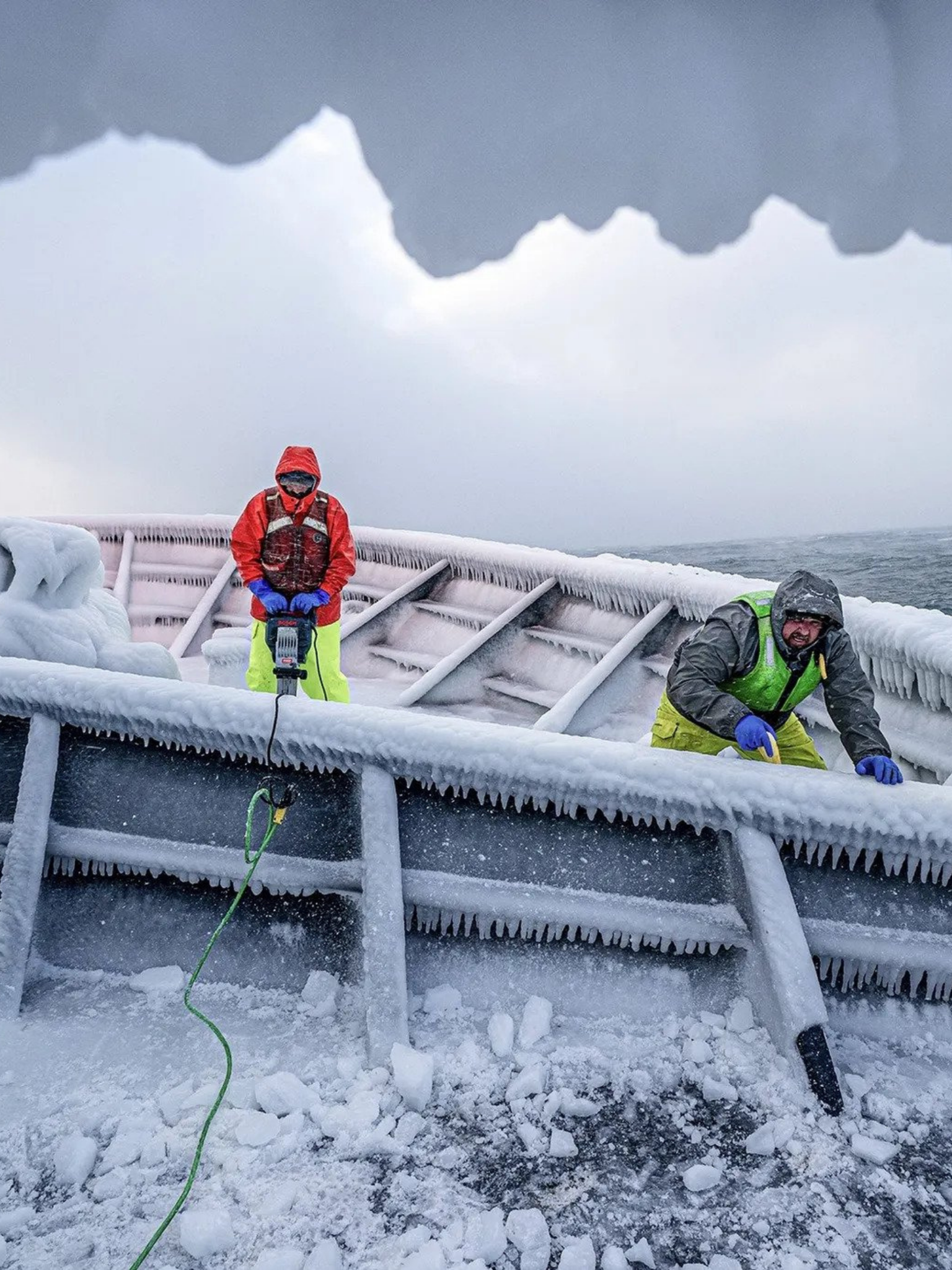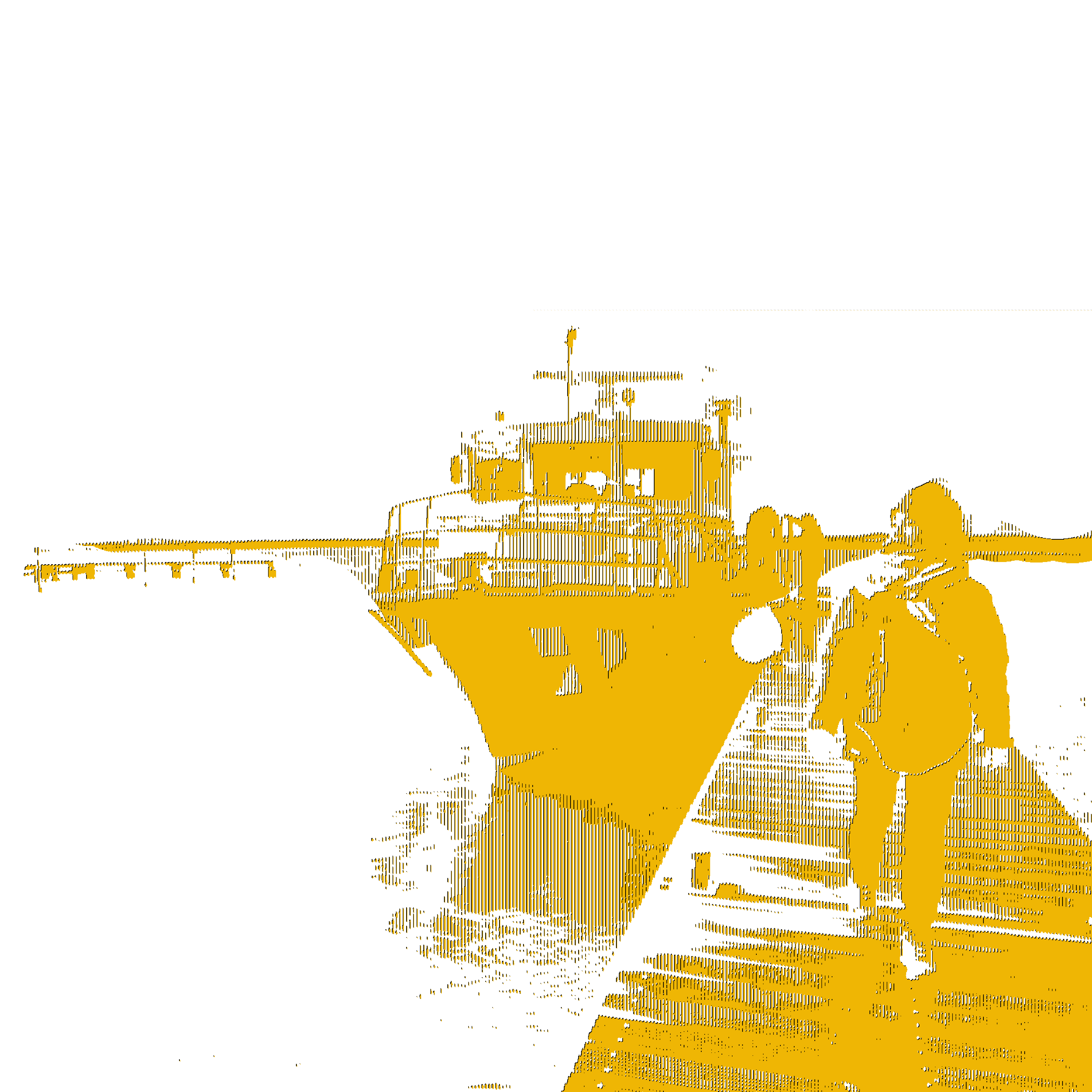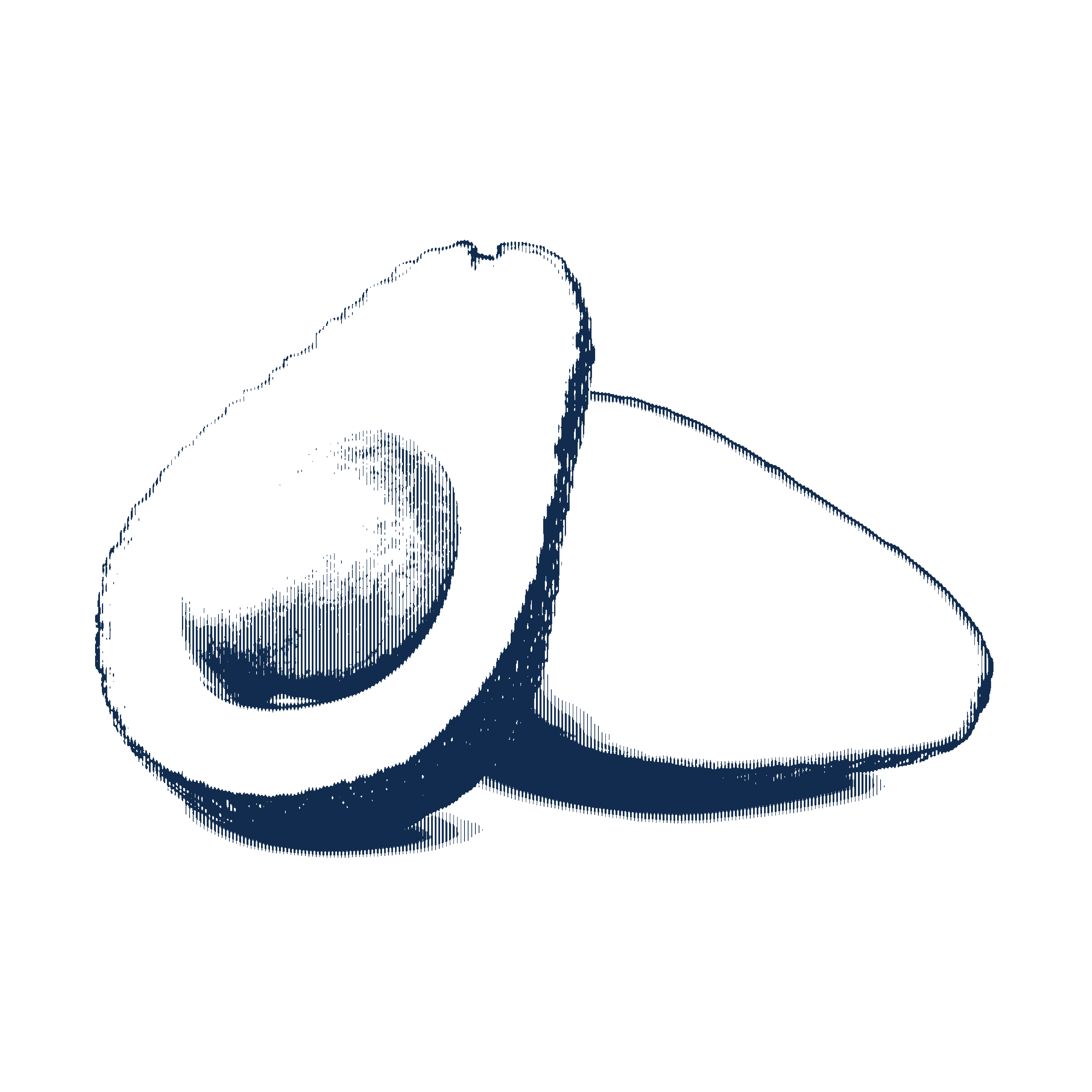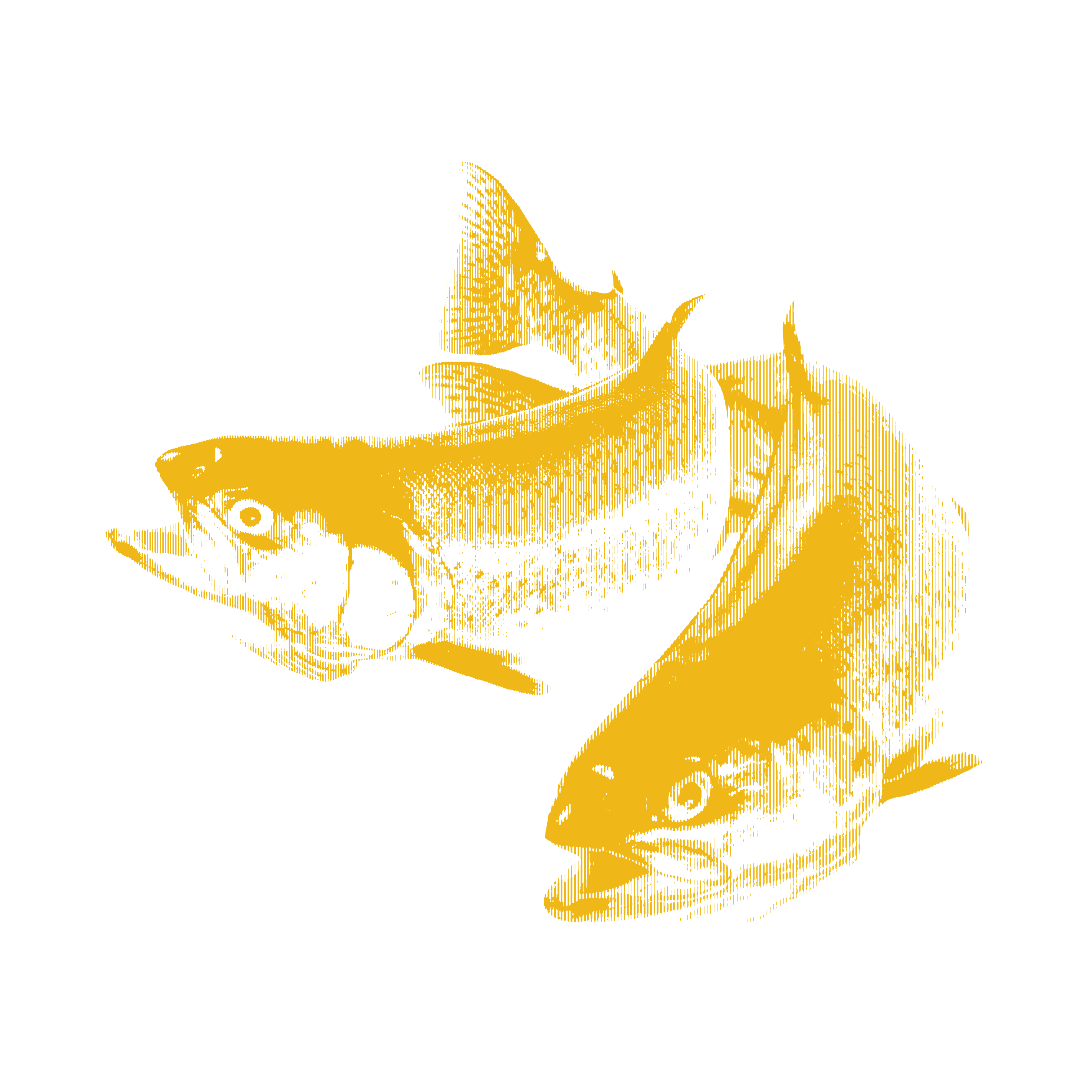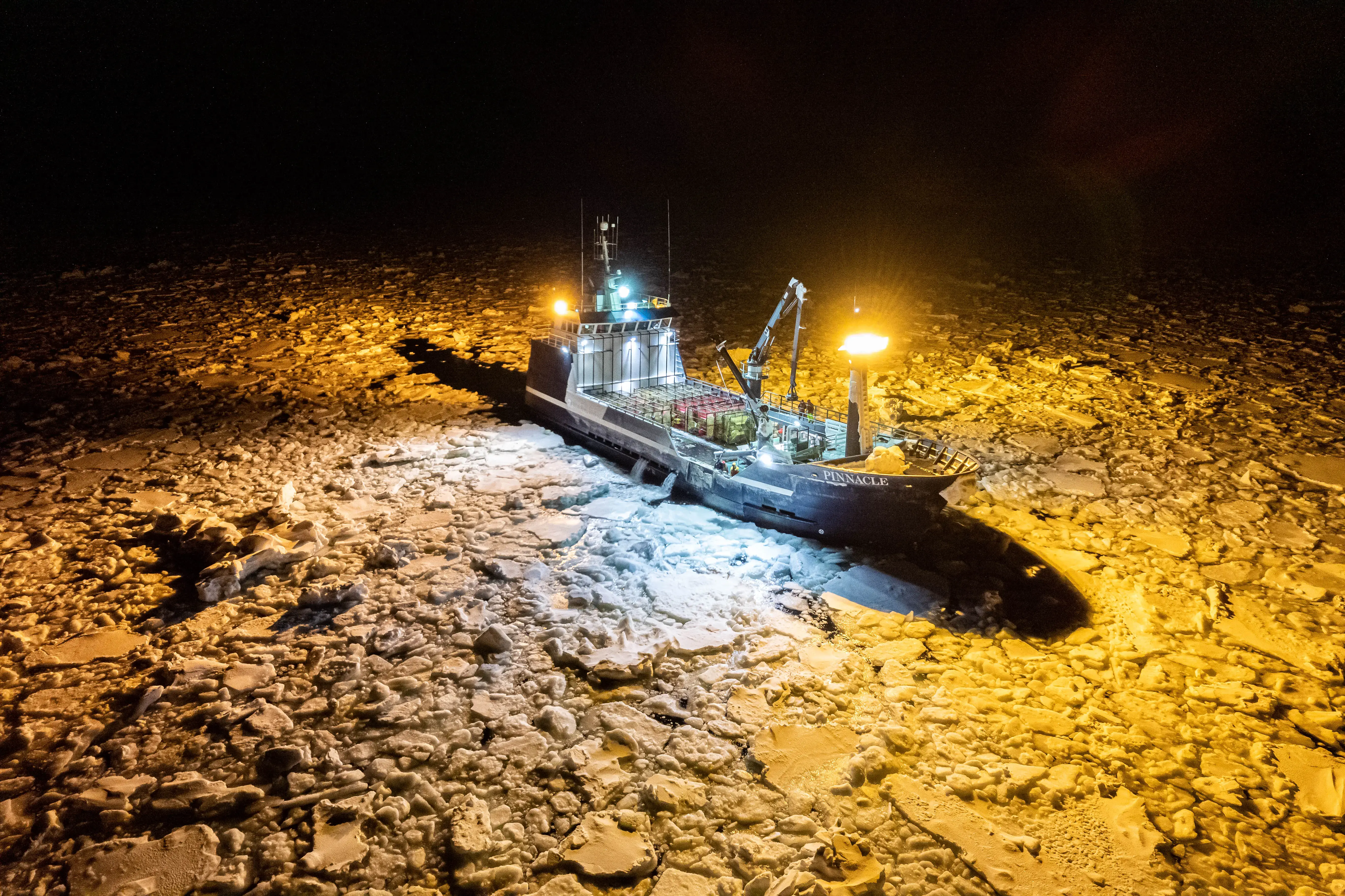
Editor's note: While this event is in person, we also are offering a Zoom livestream. Click here to register to participate virtually.
As the world warms, the Bering Sea tells a story of boom and bust. The sockeye salmon runs of Bristol Bay are to be marveled. More than 78.3 million sockeye surged home last summer, filling nets and spawning grounds. The spectacular display came as Alaska salmon runs of chum and chinook once again imploded.
Meanwhile, Bering Sea crab populations have crashed. The snow crab harvest—for the first time ever—has been canceled, and the king crab season was shut down for the second year in a row.
Join Seattle Times reporter Hal Bernton, Anchorage Daily News photojournalist Loren Holmes, and a panel of experts in a discussion of some of the effects of a warming climate on one of the planet’s most productive marine ecosystems.
Meet the panelists:
- Robert Foy, director of NOAA’s Alaska Fisheries Science Center, which has studied the impacts of marine heat waves in the Bering Sea.
- Robin Samuelsen, salmon fisherman and a chief on the Curyung Tribal Council. Samuelsen also serves on the board of the Bristol Bay Economic Development Corp., which invests in crab and other Bering Sea fisheries and uses revenue to assist southwest Alaska villagers who want to participate in the summer sockeye harvests.
- Katie Howard, a state of Alaska fishery biologist who has studied the decline of Yukon River chinook, and now focuses on salmon’s fate in the oceans.
- Daniel Schindler, a University of Washington professor who helps lead the Alaska Salmon Program, and spends his summers studying sockeye in the Wood River drainage of Bristol Bay.
- Jamie Goen is executive director for Alaska Bering Sea Crabbers, a nonprofit trade association advocating for crab harvesters.
This event is sponsored by the Anchorage Daily News, The Seattle Times, the Pulitzer Center, and the Anchorage Museum.
If you cannot join in person, please register here for the Zoom livestream.







